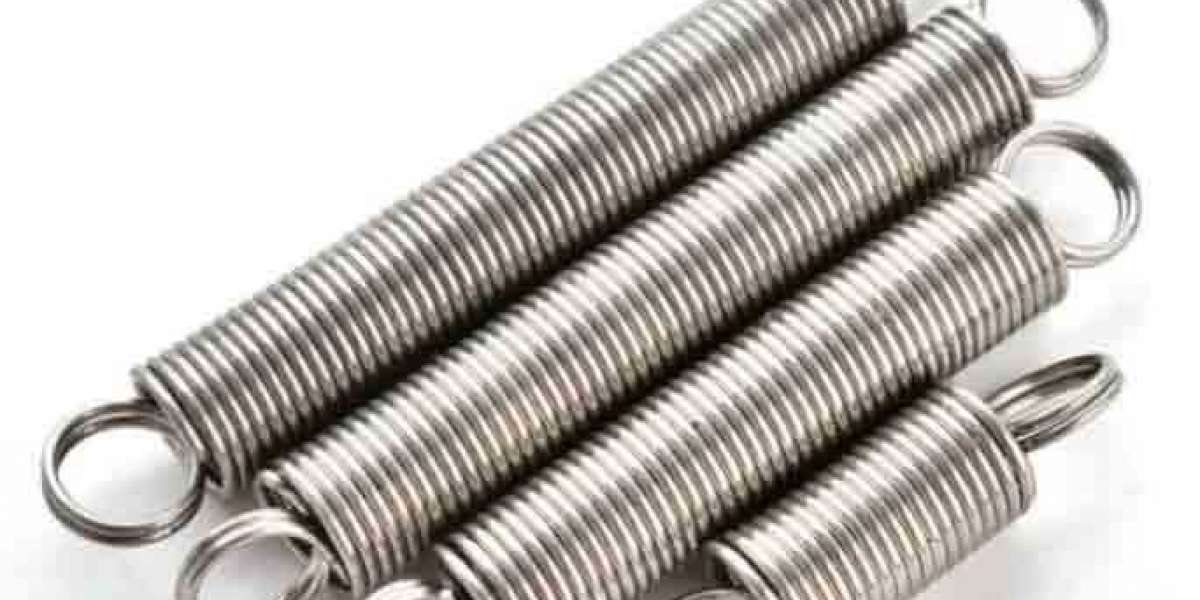KENENG is a custom spring manufacturer. We produce both standard extension springs as well as custom sizes and styles.
Non-standard spring customization needs customers to coordinate design and production with us, according to the actual use of the environment, installation space, pressure size to choose the material of the spring, line diameter, size, and special processing technology. KENENG has modern forming machinery and production techniques that allow for an infinite variety of torsion spring end shapes. If the specification calls for very long spring legs, we recommend that you discuss your requirements with a KENENG engineer. Our employees have excellent manufacturing capabilities and will strive to keep your production costs as low as possible.
KENENG has been committed to helping customers obtain the right spring for their application. Springs made by KENENG come in many forms and can be used in many ways. We can produce high-tech springs for low-tech companies, low-tech springs for high-tech companies, and of course all kinds of precision custom springs in between.
Extension spring
The extension spring is also called a tension spring,which is a coil spring bearing axial tension. When there’s no load, The coils of the tension spring are generally tight without any gap. Tension springs can be used on many occasions, such as production assembly, experimentation, research and development, maintenance, etc. Tension springs are widely used in many fields around the world, including molds, construction machinery, ships, electronics, automobiles, medicine, aerospace, railways, wind power, thermal power, mining machinery, national defense, etc.
Torsion spring
Torsion spring is a spring that stands torsion deformation. The end structure of the spring is a torsion arms that are processed into various shapes. Torsion spring uses the principle of leverage by twisting or rotating elastic material with soft and high toughness, so that it has a great mechanical energy. This type of spring is normally a close wound but can have a pitch to reduce friction between the coils. They provide resistance to forces applied by rotation or twisting. Torsion springs can be designed to work in a counter-clockwise or clockwise rotation, thus determining the direction of the wind depending on the application.
Die spring
Die spring mainly includes Japanese standard die spring, German standard die spring, spring, polyurethane spring, usually the die spring refers to the rectangular die spring. Generally speaking, the die spring is the spring used by the mold. Rectangular die spring has the characteristics of small volume, good elasticity, high stiffness, high precision, rectangular production material, surface color separation spraying (plating) to distinguish different load, beautiful appearance, and so on. The die spring is generally dominated by the metal spiral die spring, widely used in mold, fixture, industrial clutch, brake components, and various mechanical components.



